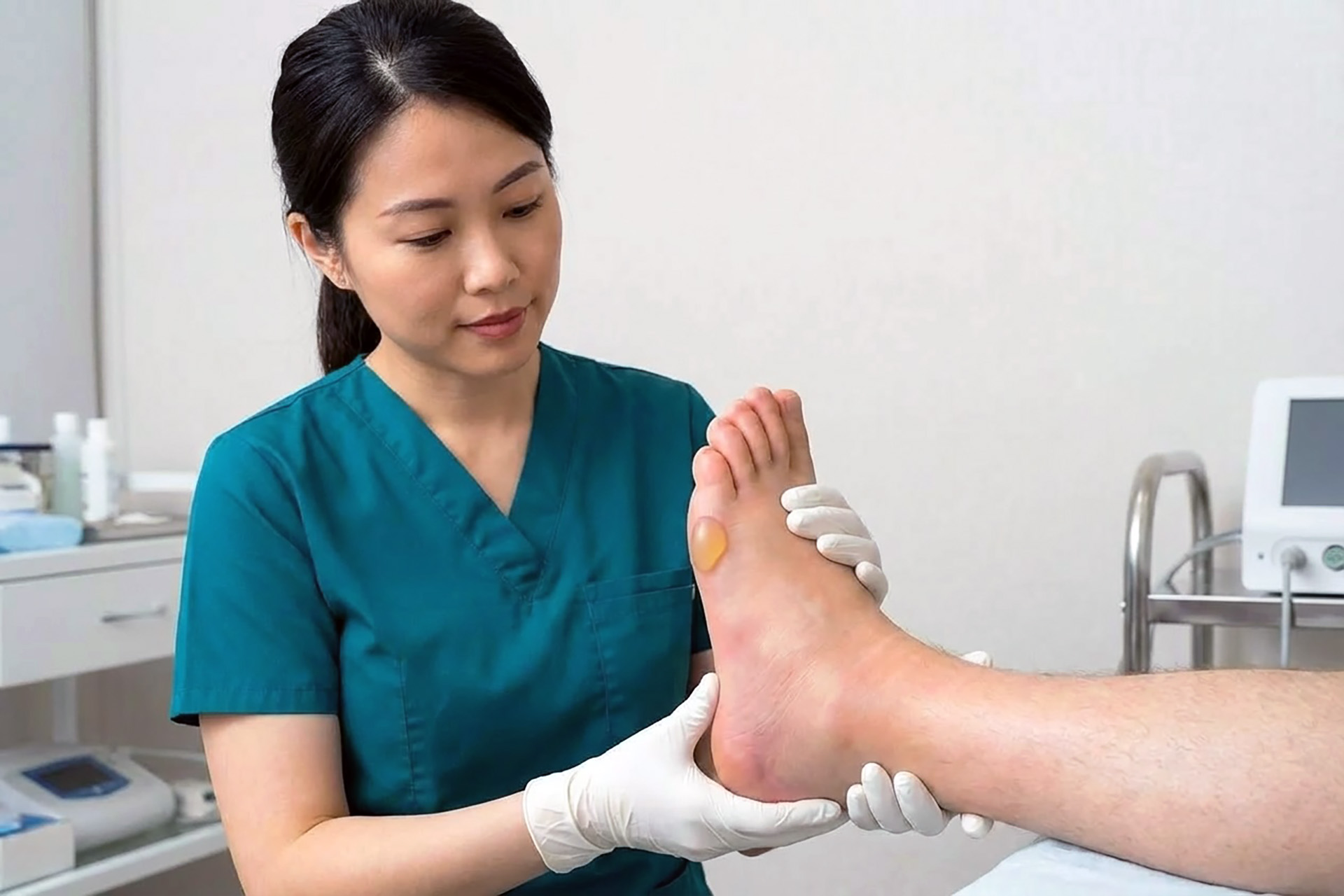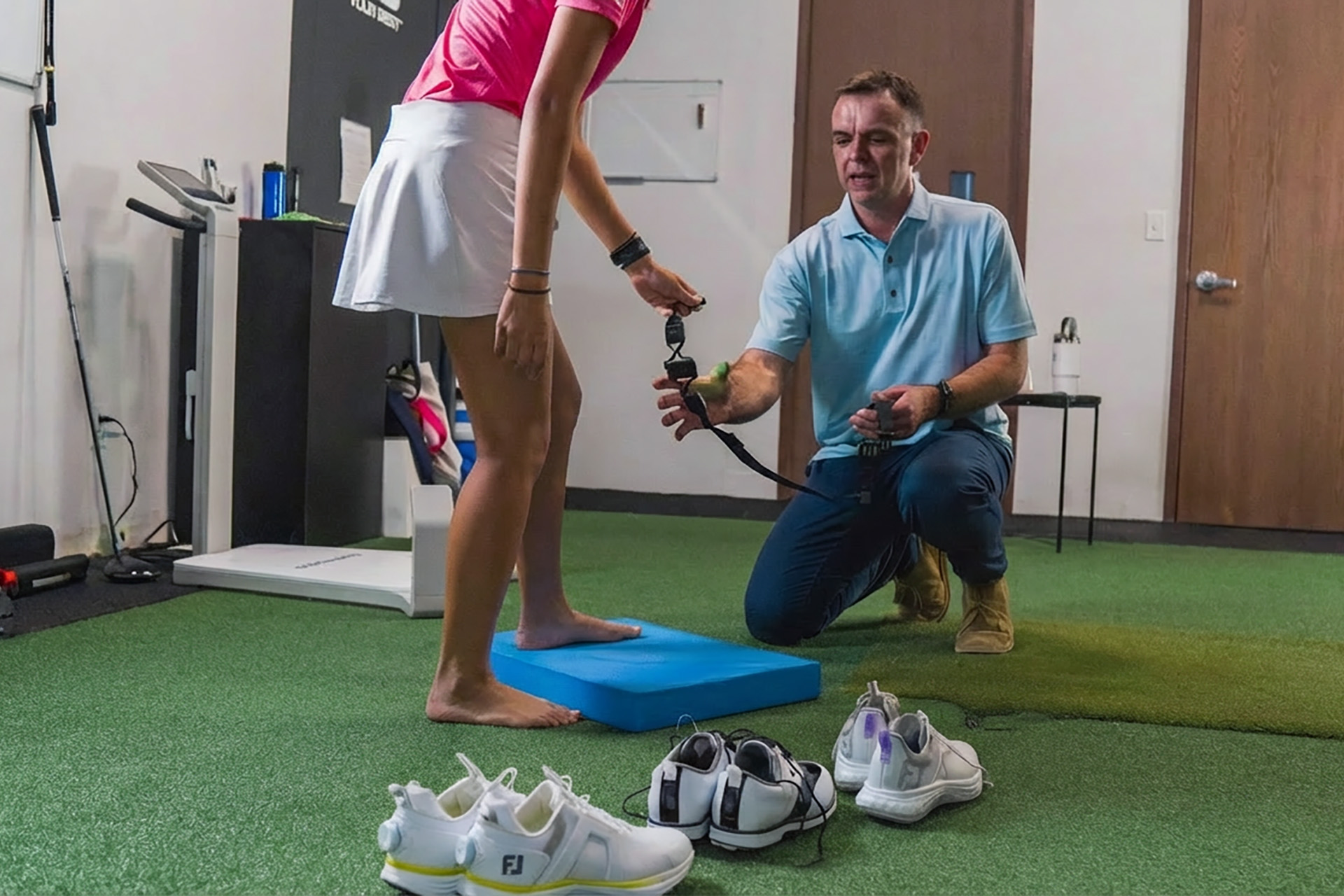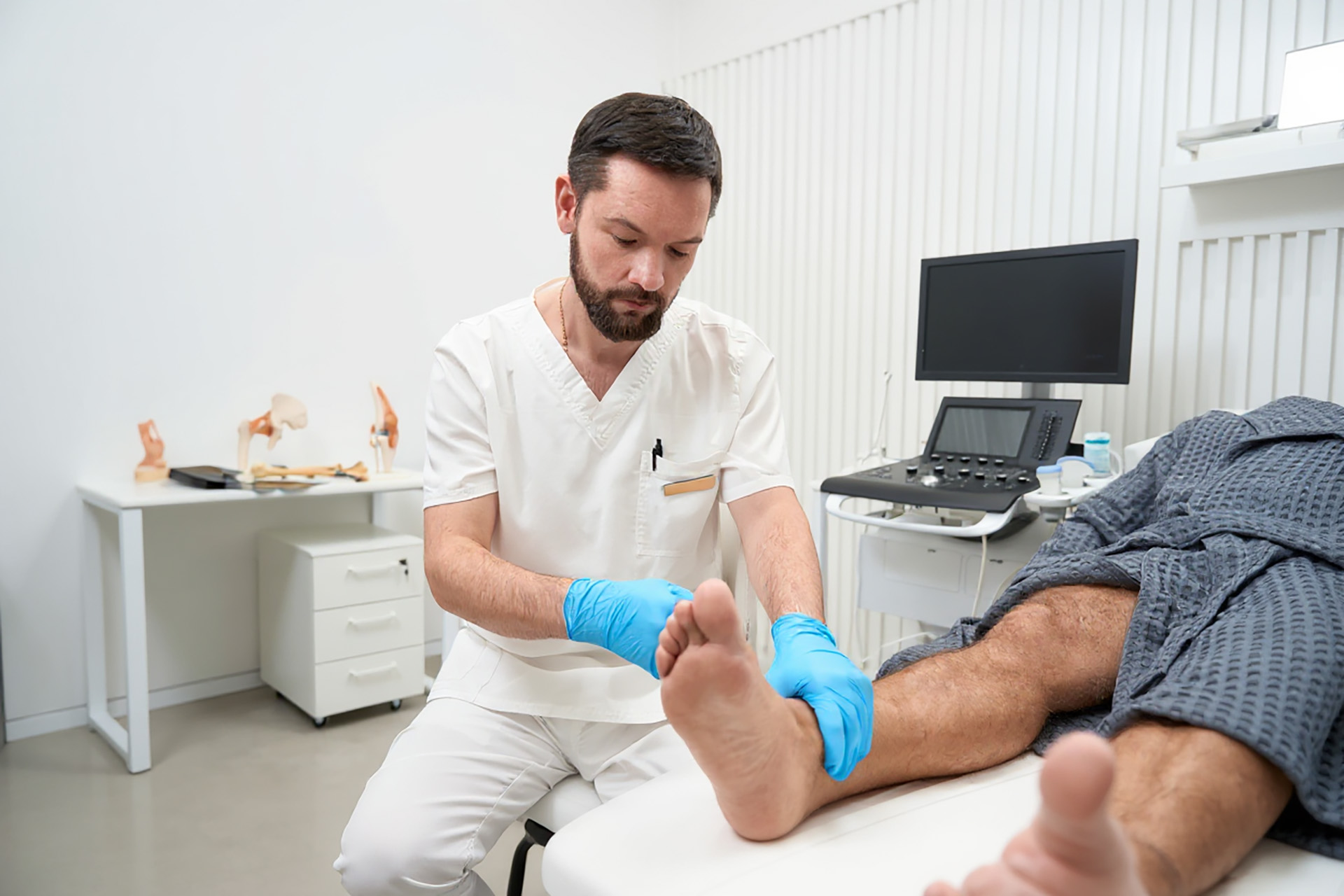Imagine your child’s feet are a pair of sailing ships, boats they will use to navigate the ocean of life. These ships are supposed to sail straight ahead, but sometimes, things may go awry. The condition metatarsus adductus can get in the way of your child’s straight feet, causing the forepart of their little ships to turn inwards, veering towards the middle. That inward turning is called metatarsus adductus, and though it may sound severe, there are ways to manage the condition and get your child back towards the open seas.
Why the Turn?
Despite occurring in about 1 to 2 babies for every 1,000 births, we can’t say for certain the cause of metatarsus adductus. It’s a common condition that most experts agree can be chalked down to genetic predisposition and the position of the feet in the womb. In some cases, it could be that before birth, the baby was too close to the lining of the womb, pressing their foot into an odd position. Either way, getting those feet back into shape before complications arise is important.
Telltale Signs of Metatarsus Adductus
Metatarsus adductus may sound obvious, but it can manifest in subtler ways. The more telling sign would be that the foot is curved into a crescent moon, and the outer edge of the foot is forced inward. There are also other signs of a problem. There may be a big gap between the big toe, which curves inward and away from the rest of the foot. These are tell-tale signs of metatarsus adductus, though a paediatric podiatrist would be able to assess best. A physical examination may suffice by checking your child’s foot flexibility. In some cases, the podiatrist may choose to conduct an x-ray just to ensure there are no surprises waiting.
Steering Straight through Management of Metatarsus Adductus
Once the condition has been diagnosed, your podiatrist may commence diverse course corrections. These options depend on the little ships’ flexibility, as more rigidity likely means a sterner course of action. Here are some of the options:
- Observation: For those with gentle curves, time and growth often naturally steer the feet straight, the feet often align as the child grows
- Stretching Exercises: Parents become part of the crew, gently guiding the feet with stretching exercises, helping the forefoot find its straight course
- Casting: For more pronounced curves, serial casting is like setting a series of guiding buoys, gently realigning the feet week by week. These casts will progressively correct your child’s foot under the close supervision of a paediatric podiatrist
- Bracing: After casting, braces or special shoes act like a compass, keeping the feet on the right path
- Surgery: In rare, severe cases, a skilled surgeon might need to step in, like a master shipbuilder, to correct the course definitively
Prognosis Is Bright for Children with the Condition
Most children with metatarsus adductus find their way to smooth sailing. Flexible cases often resolve naturally. With the right guidance, even more stubborn curves can be straightened. The journey typically leads to normal foot function, allowing these young adventurers to explore the world unhindered.
What’s important is ensuring there is an expert to help your child with this journey. This is why a paediatric podiatrist is a vital part of your team to ensure the best health outcomes for your child. Whether offering intervention strategies, monitoring the development of your child’s feet, or providing guidance as a parent, a paediatric podiatrist can offer you and your child vital support.
In the grand voyage of childhood, metatarsus adductus is but a small detour. With attentive care and patience, these little ships soon find their course, ready to explore new horizons with confidence and strength. Call The Foot Practice today to make an appointment with our expert paediatric podiatrists so you know your child’s health is in the right hands.







